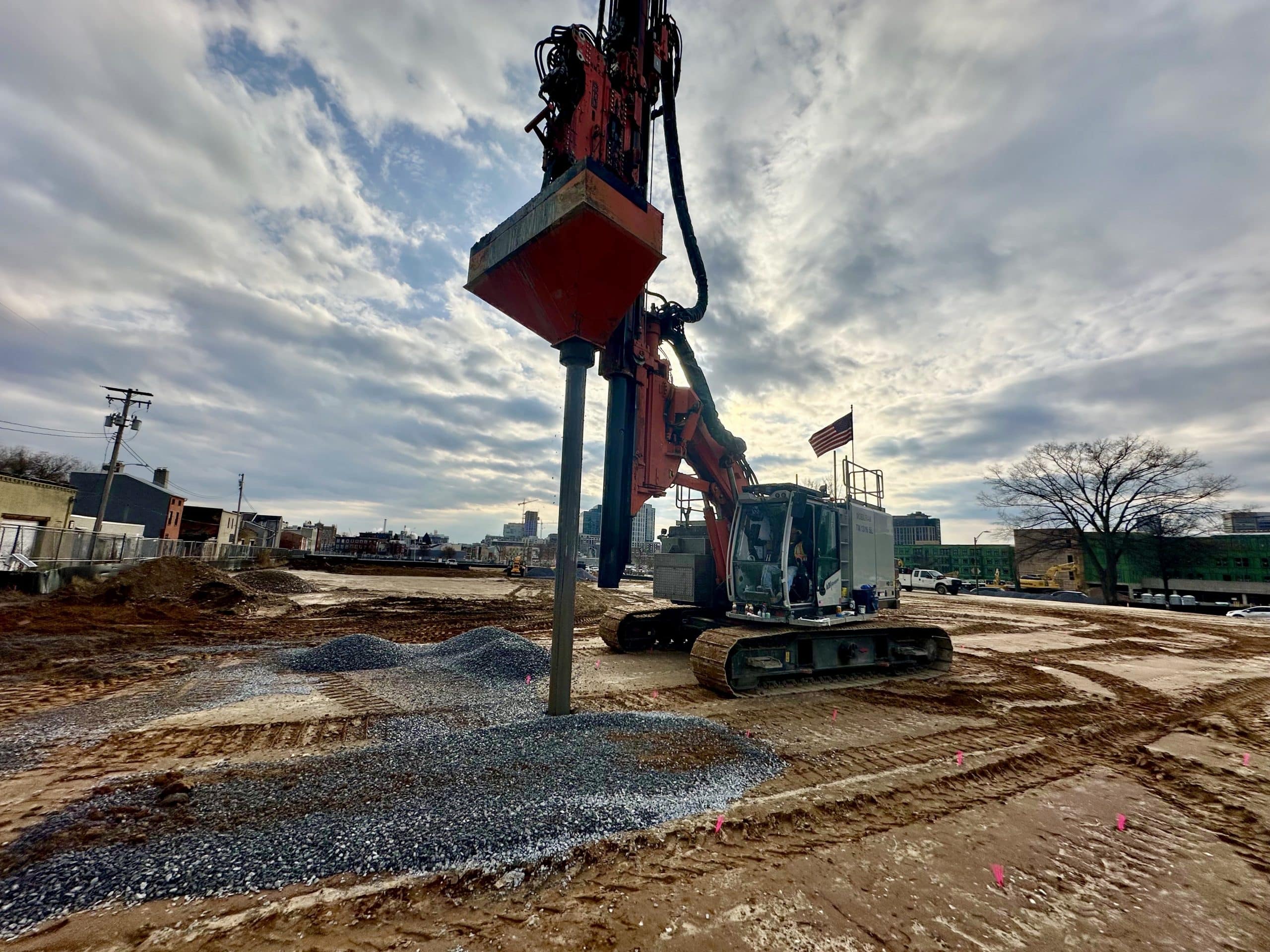Quality Control Technician
Candidate should have considerable knowledge of the construction industry and will be able to handle the fast pace, stress and deadlines associated with design changes that cause field operations to be adjusted. Additionally, you will be responsible to make sure the project is being built according to the planned submittal, record all data that is required to be submitted and reviewed; monitor changes in conditions that would affect the design, communicate all changes and concerns along with the progress of the job to the project manager and/or the project engineer.
*QC experience with Dynamic load testing a plus!
Additional Requirments
- Experience (3-5+ yrs.) as a QC Technician in a fast-paced construction company
- Current knowledge of Microsoft Office/Excel Spreadsheets, Word and Outlook
- Ability to use an iPad
- Ability to write reports and correspondence
- Valid Driver’s License and reliable transportation
- Ability to lift 50-100 lbs.
- Able to work overtime and travel with overnight stays
- Ability to work outdoors in all types of weather
- Must be willing to abide by company policies, rules and standards of quality
- Bachelor’s Degree preferred






